Drug addiction affects millions globally, and when someone stops taking drugs, they may face a difficult and uncomfortable withdrawal phase. Understanding how long the withdrawal period is for drugs prepares individuals to face this stage safely and successfully, with better support and outcomes.



